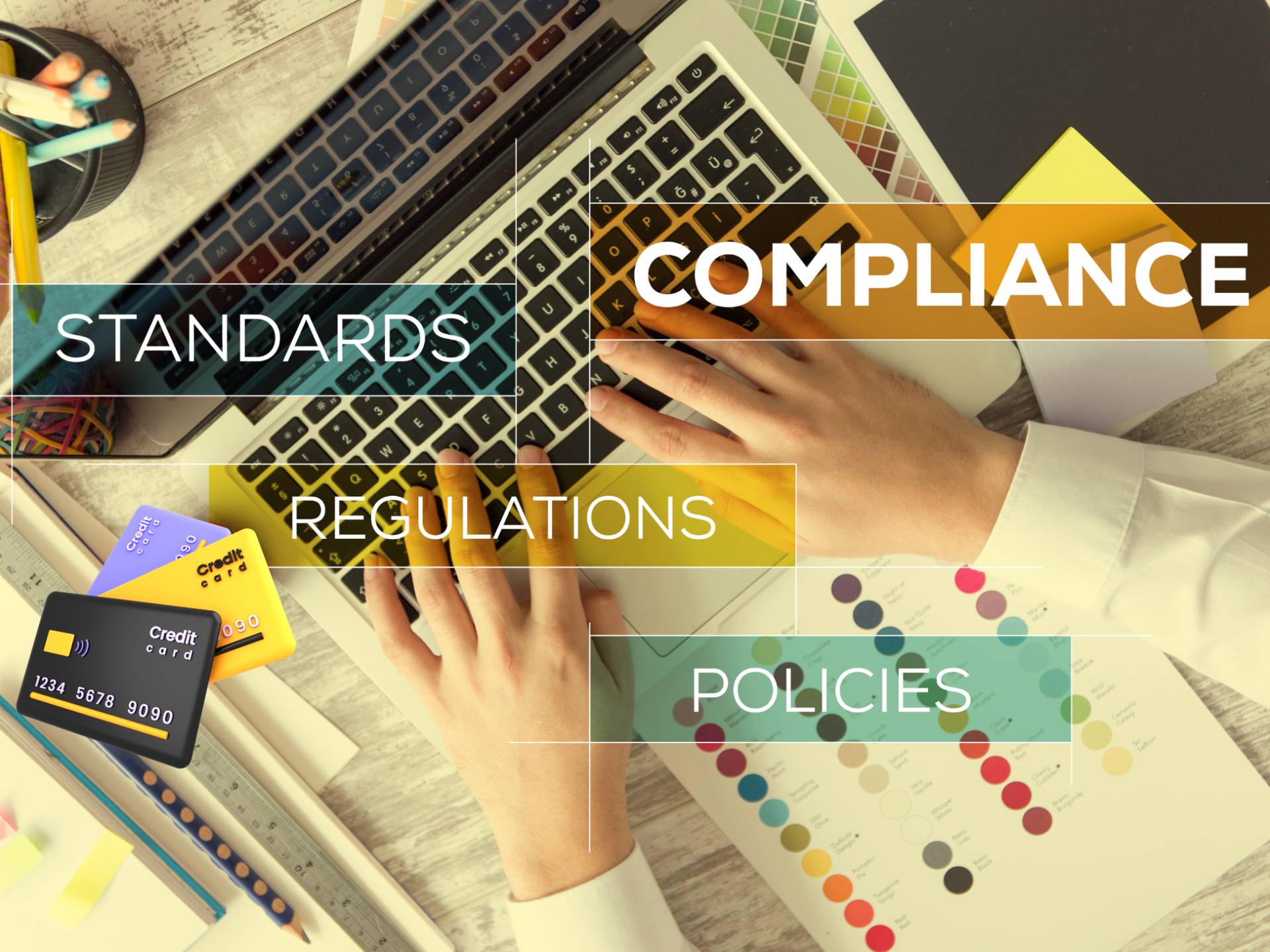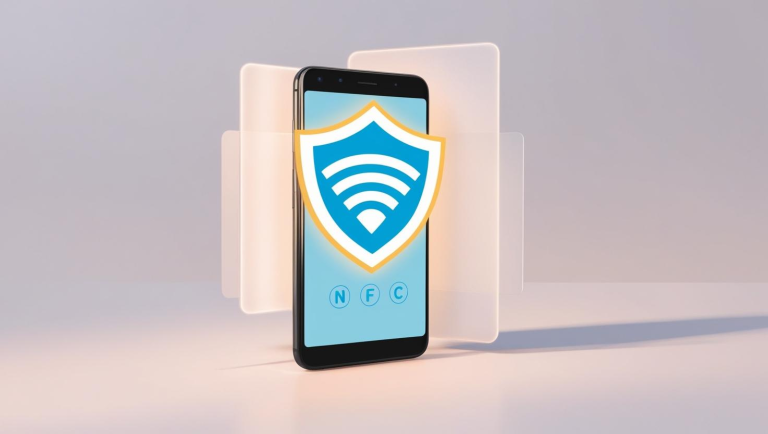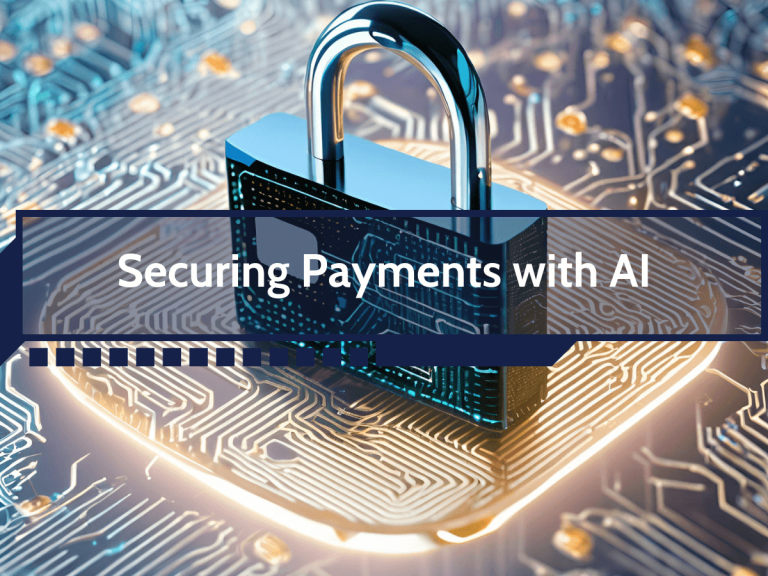Beyond the Audit: Continuous Monitoring for PCI DSS Compliance
With PCI DSS 4.0, payment card security is moving from periodic audits to a year-round, continuous monitoring model. Traditional annual assessments often leave vulnerabilities undiscovered until the next audit, creating dangerous gaps. Continuous monitoring closes these gaps by providing real-time insights into potential threats, integrating security and compliance into your organization’s daily operations.
Why Continuous Monitoring Matters
Annual audits alone can miss emerging risks, leading to costly breaches and fines. With continuous monitoring, threats can be identified and addressed as soon as they appear, drastically reducing exposure. This proactive model also adapts to changes—like new systems, integrations, or threats—without interrupting compliance.
Shifting Requirements for SAQ A Merchants
PCI DSS 4.0 places stricter demands on SAQ A merchants, including the possibility of mandatory external ASV (Approved Scanning Vendor) scans, even if cardholder data is not stored in-house. The goal is to secure public-facing systems (e.g., e-commerce platforms), which are often prime targets for cybercriminals. ASV scanning isn’t new to PCI DSS, but its inclusion in SAQ A highlights the growing importance of maintaining a strong online security posture.
Quarterly ASV Scanning (and Why You Should Do It More Often)
ASV scanning has always required quarterly assessments, but threats evolve quickly. Waiting three months can expose merchants to unnecessary risk. While PCI DSS 4.0 only mandates quarterly scans, adopting a monthly schedule boosts security and shows a commitment to ongoing compliance. Although scanning is considered a best practice for SAQ A until March 31, 2025, merchants are strongly encouraged to begin now to close any gaps and streamline future audits.
The Council’s FAQs provide additional guidance on these requirements and implementation. Merchants can review FAQ 1485, “What is the meaning of ‘initial PCI DSS assessment’?” and other resources available on their website to understand these updates more thoroughly. https://www.pcisecuritystandards.org/faq/articles/Frequently_Asked_Question/what-is-the-meaning-of-initial-pci-dss-assessment/
A New Compliance Mindset
Under PCI DSS 4.0, compliance isn’t a one-time event—it’s a continuous process. To align with this approach:
- Conduct a Gap Assessment – Work with a Qualified Security Assessor (QSA) to see where you fall short of new requirements.
- Implement Standards Quickly – Don’t wait until they’re mandatory; stay ahead of potential risks.
- Adopt Continuous Monitoring – Shift from periodic scans to ongoing threat detection and vulnerability management.
Building a Continuous Monitoring Framework
- Assess Current Compliance – Identify areas needing improvement.
- Use Regular (or Monthly) ASV Scans – Catch threats more quickly.
- Leverage Real-Time Threat Detection – Automated tools and machine learning can spot suspicious behavior and reduce manual overhead.
- Stay Adaptable – Continuously update your processes and tools to address new technologies or threats.
- Implement Changes Immediately – Integrate new standards as they are released to maintain a robust security stance.
Business Benefits
A proactive approach doesn’t just fulfill compliance—it protects your bottom line and enhances trust with customers, partners, and stakeholders. SAQ A merchants can avoid reputational damage and financial loss by regularly scanning their systems and preventing attackers from finding easy entry points.
Overcoming Implementation Challenges
Moving to continuous monitoring can strain resources and expertise. To ease the transition:
- Invest in Training – Ensure teams understand the new processes.
- Adopt Advanced Technologies – Automation and cloud-based solutions can streamline monitoring.
- Secure Leadership Buy-In – Show how continuous monitoring reduces breach risks and compliance costs.
- Partner with Experts – Collaborate with ASVs, QSAs, and managed security service providers to solidify your strategy.
By embracing continuous monitoring, organizations close the gaps left by traditional audits, respond to emerging threats faster, and maintain PCI DSS compliance year-round. This strategy not only reduces breach risks but also builds lasting confidence among customers and partners—ushering in a new era of proactive, resilient security.





